One of the most popular misconceptions about adult 3-wheel bikes is that their additional bulk makes them are significantly slower than regular bikes. But how fast can an adult tricycle really go? Of course, the answer to this question depends on a variety of factors, including the type of tricycle, the rider’s strength, and the use of additional features like gears or motor assistance. However, the attainable speed on an adult tricycle may surprise you. Let’s dig deeper.
Tricycles Are Not All the Same
Before diving into the specifics of speed, it’s important to understand that adult tricycles come in various types, each designed with different purposes in mind. Hence, the maximum attainable speed may depend on the overall purpose of the trike. There are three main categories:

Traditional Tricycles: Traditional tricycles are the most common types of adult tricycles. They are similar in design to traditional bicycles, with a standard seating position and the addition of a third wheel for stability. They are typically used for casual rides, short commutes, and light exercise.
Recumbent Tricycles: These tricycles have a reclined seating position, where the rider sits back with legs extended forward. Because this design is more aerodynamic, recumbent trikes are faster on flat terrain compared to upright models. They are favored by enthusiasts looking for a combination of speed and comfort.
Electric Tricycles (E-Trikes): An electric tricycle is basically a traditional tricycle which comes equipped with an electric motor that can assist the rider in pedaling, or even take over completely. E-trikes can reach higher speeds with less effort, making them ideal for longer commutes or those with limited physical strength.
By design alone, electric trikes are the fastest of the three, with some models reaching a maximum of 24mph with pedal assist. The aerodynamic design gives recumbent tricycles an advantage over traditional tricycles, putting them in second place and traditional trikes in third place. However, intended use and design is not the only factor that determines the speed potential of adult tricycles.
The Human Factor: Who is Riding?
When it comes to traditional tricycles and recumbent tricycles, the rider’s physical strength and endurance also plays a significant role in determining how fast the trike can go. Just like with a traditional bicycle, riders who are physically fit and accustomed to cycling may be able pedal faster and attain higher speeds. On average, a person with moderate fitness can pedal an adult tricycle at speeds between 7-12 mph (11-19 km/h) on flat terrain.

However, if a rider is healthy, strong, and experienced, they can achieve speeds of up to 15-20 mph (24-32 km/h) on an upright or recumbent tricycle. Recumbent tricycles often allow for slightly higher speeds compared to upright models, with their lower center of gravity and reduced air resistance.
The Terrain and Environmental Factor: Where are they riding?
The speed of an adult tricycle is heavily influenced by the terrain on which it is ridden. On flat, smooth surfaces, riders can easily maintain higher speeds. On the other hand, climbing hills on an adult tricycle requires more effort and usually results in slower speeds (often in the range of 3-5 mph (5-8 km/h), depending on the incline and the rider’s fitness level).
Mechanical Assistance: Are They Using Gears and Electric Motors?
Tricycles equipped with multiple gears allow riders to adjust their pedaling effort to match the terrain. Lower gears make it easier to pedal uphill, while higher gears enable faster speeds on flat or downhill sections. Some adult tricycle models are equipped with a 7-speed Shimano derailleur and user-friendly thumb shifters, ensuring smooth and precise gear changes for stable rides on various types of terrain. Such a well-geared tricycle can help riders maintain speeds of 10-15 mph (16-24 km/h) more comfortably.

Electric tricycles, or e-trikes, take mechanical assistance to another level by incorporating an electric motor. The motor can either assist the rider’s pedaling or propel the tricycle independently, depending on the model. Most e-trikes are designed to reach speeds of around 15-20 mph (24-32 km/h) with motor assistance. However, some high-performance models, such as the Viribus Trigo Plus can go as fast as 28 mph (45 km/h), making them a viable option for those who need to cover longer distances quickly.
Safety Considerations: Safety First, Speed Second!
While the prospect of reaching higher speeds on an adult tricycle is appealing and tempting, it’s important to consider the safety implications. Tricycles are generally more stable than bicycles due to their three-wheel design, but they are also wider and can be more challenging to maneuver at high speeds. Sharp turns, or sudden stops can be more difficult to execute, especially on an upright tricycle.

Recumbent tricycles, while more stable at high speeds due to their low center of gravity, still require careful handling. The rider’s lower position can make it harder to see and be seen by other vehicles, which is an important consideration for those planning to ride on busy roads.
Electric tricycles, with their higher speed potential, require even greater caution. Riders should be aware of the increased stopping distance needed when traveling at higher speeds and ensure they are comfortable with the tricycle’s controls before attempting to ride at the maximum speed.
Maximizing Your Speed Safely: How Fast Should You Go?
For those looking to get the most out of their adult tricycle, here are a few tips to help you achieve and maintain higher speeds safely:
- Choose the Right Tricycle: Select a tricycle that matches your intended use. If speed is a priority, a recumbent tricycle or an e-trike might be the best option.
- Maintain Your Tricycle: Regular maintenance, including keeping tires properly inflated and ensuring gears and brakes are functioning smoothly, can help optimize your speed.
- Improve Your Fitness: The stronger and more fit you are, the faster you can go. Regular cycling and strength training can improve your performance.
- Use Gears Wisely: Learn to shift gears efficiently to maintain a steady cadence, especially when transitioning between different terrains.
- Ride in Safe Conditions: Whenever possible, choose routes with flat terrain and minimal wind. Avoid busy roads and areas with sharp turns or steep hills if you plan to ride at higher speeds.
Conclusion:Ride Fast and Safe with Viribus!
For most riders, a comfortable cruising speed on a pedal-powered tricycle will be around 7-12 mph (11-19 km/h), with the potential to reach up to 20 mph (32 km/h) under optimal conditions. Electric tricycles can achieve even higher speeds, with some models capable of reaching 28 mph (45 km/h). If you are particularly interested in speed, then electric tricycles are the way to go. And fortunately, one of the fastest models of electric tricycles has just hit the market: the Viribus SC5 Fat Tire Electric Tricycle.

The SC5 Fat Tire Electric Tricycle is the latest addition to an impressive collection of electric tricycles by Various, a company renown for its top-quality adult tricycles. It comes with a 750w motor, double the capacity of most tricycle models, allowing the rider to reach a top speed of 24 mph.
The 750w motor also has a torque of 85N, giving the bike more remarkable climbing ability and dominance over challenging roads. In the state of PAS5 (Pedal Assist 5), a rider of the Fat Tire can comfortably climb over a 12-degree slope, a feat that most would consider impossible for a tricycle. The Lithium Tricycle Automotive Grade 48V 15ah Battery offers higher specific energy, higher energy density, higher energy efficiency, a longer cycle life, and a longer calendar life.
To learn more about more Viribus tricycles similar to the SC5 Fat Tire, check out Viribus, and find more information about riding an adult tricycle here, including the top four reasons why tricycles are better than bicycles.

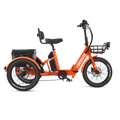

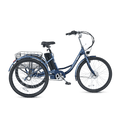
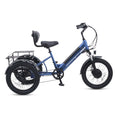
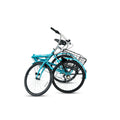
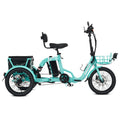
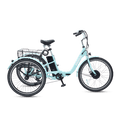
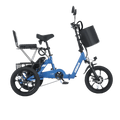

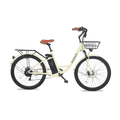
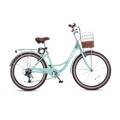
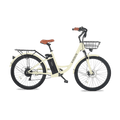
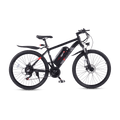
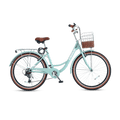

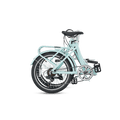
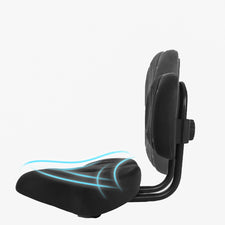





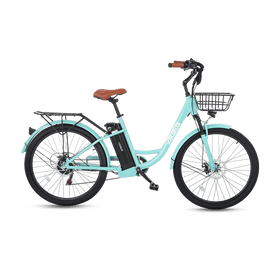
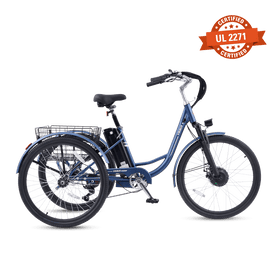
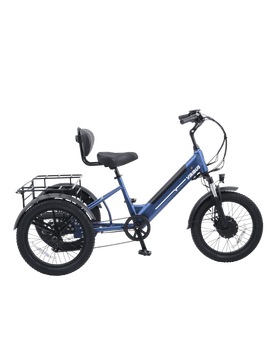



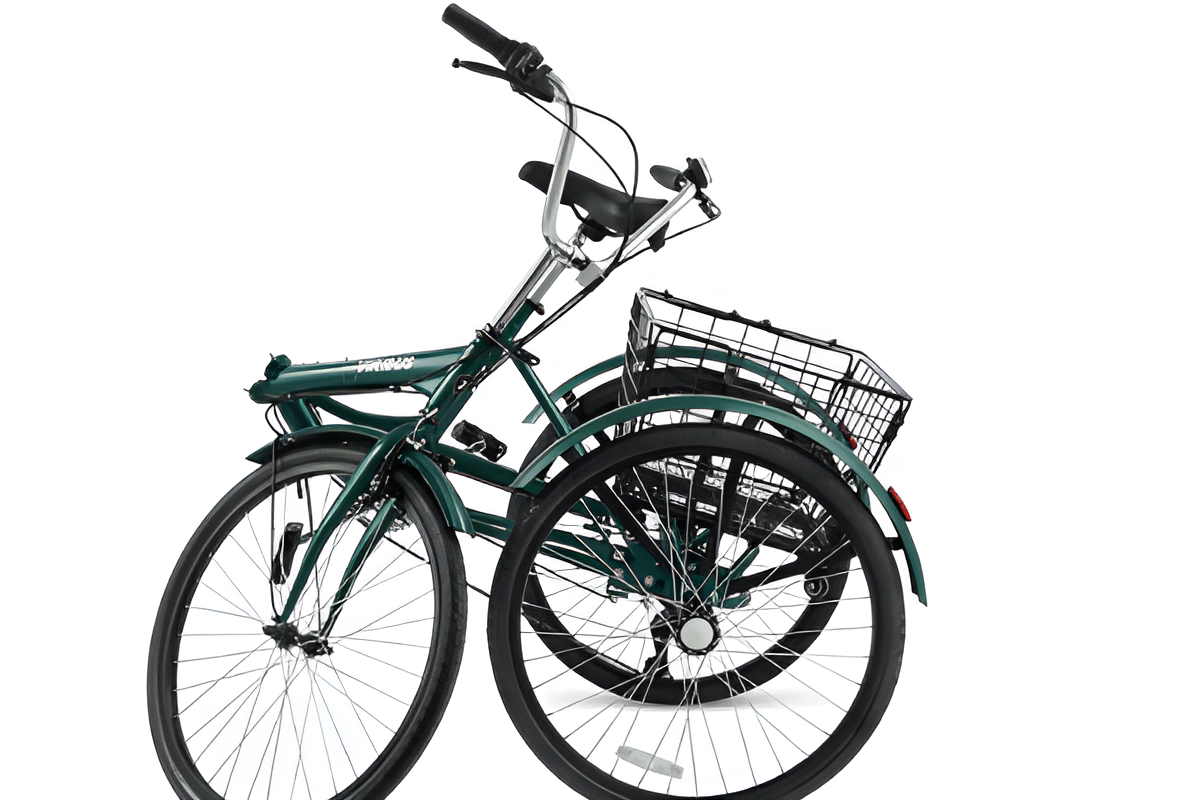
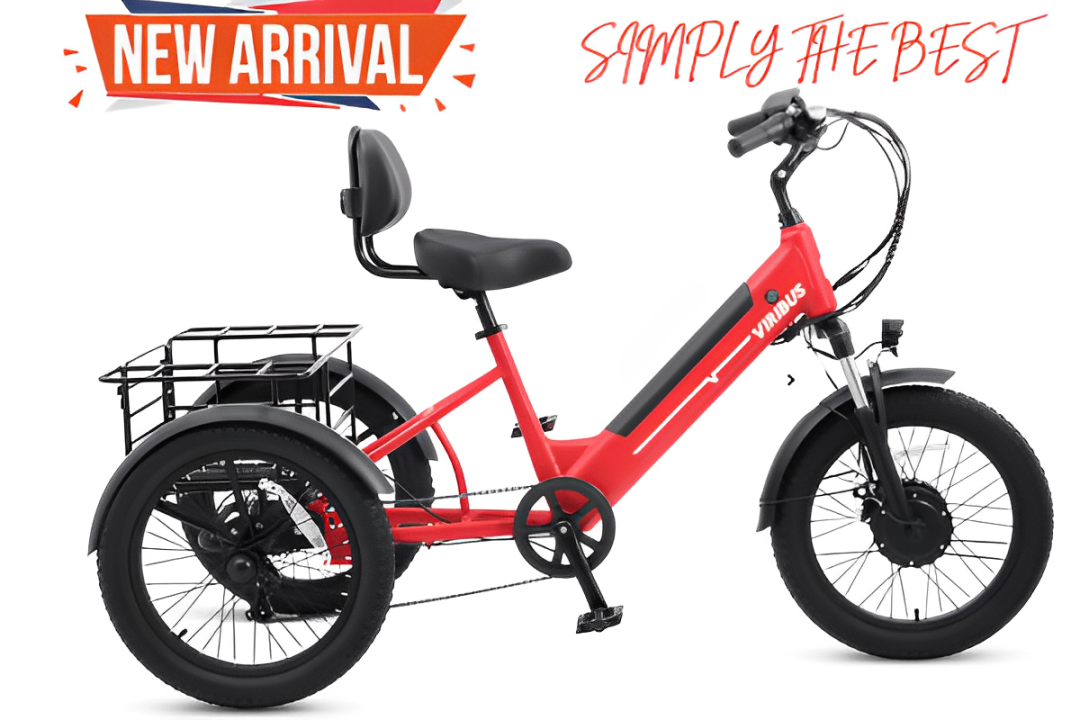
Leave a comment
All comments are moderated before being published.
This site is protected by hCaptcha and the hCaptcha Privacy Policy and Terms of Service apply.